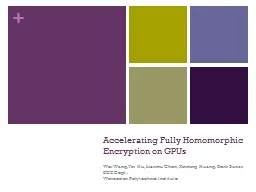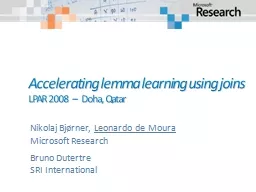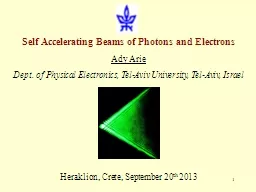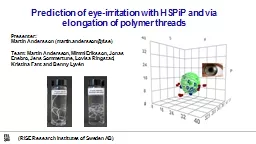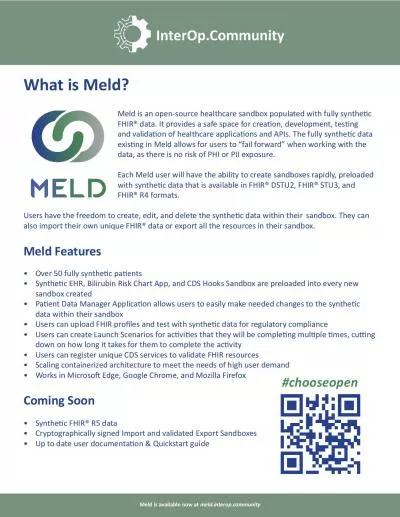PPT-Accelerating Fully
Author : danika-pritchard | Published Date : 2016-04-26
Homomorphic Encryption on GPUs Wei Wang Yin Hu Lianmu Chen Xinming Huang Berk Sunar ECE Dept Worcester Polytechnic Institute Fully Homomorphic Encryption Introduced
Presentation Embed Code
Download Presentation
Download Presentation The PPT/PDF document "Accelerating Fully" is the property of its rightful owner. Permission is granted to download and print the materials on this website for personal, non-commercial use only, and to display it on your personal computer provided you do not modify the materials and that you retain all copyright notices contained in the materials. By downloading content from our website, you accept the terms of this agreement.
Accelerating Fully: Transcript
Download Rules Of Document
"Accelerating Fully"The content belongs to its owner. You may download and print it for personal use, without modification, and keep all copyright notices. By downloading, you agree to these terms.
Related Documents

